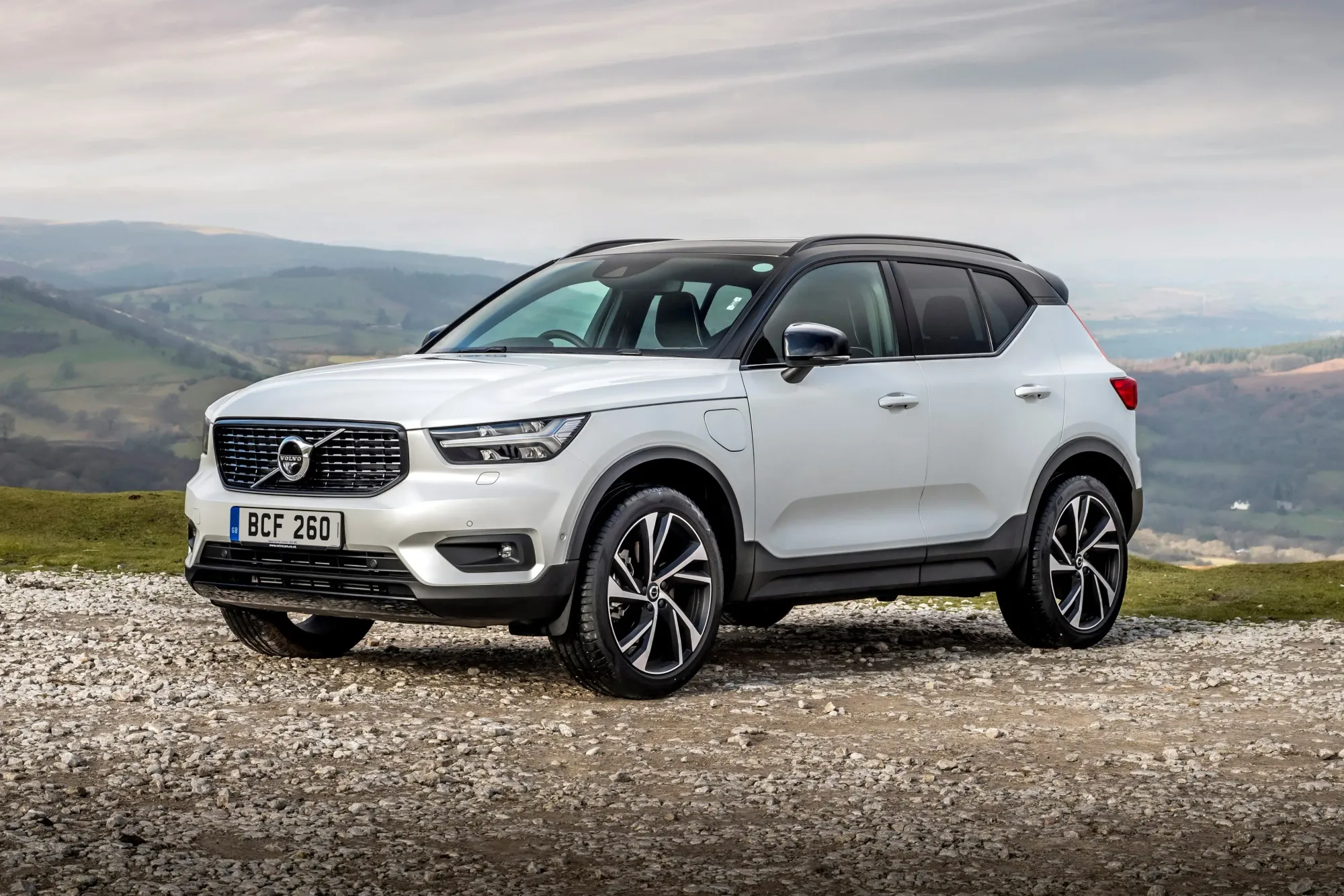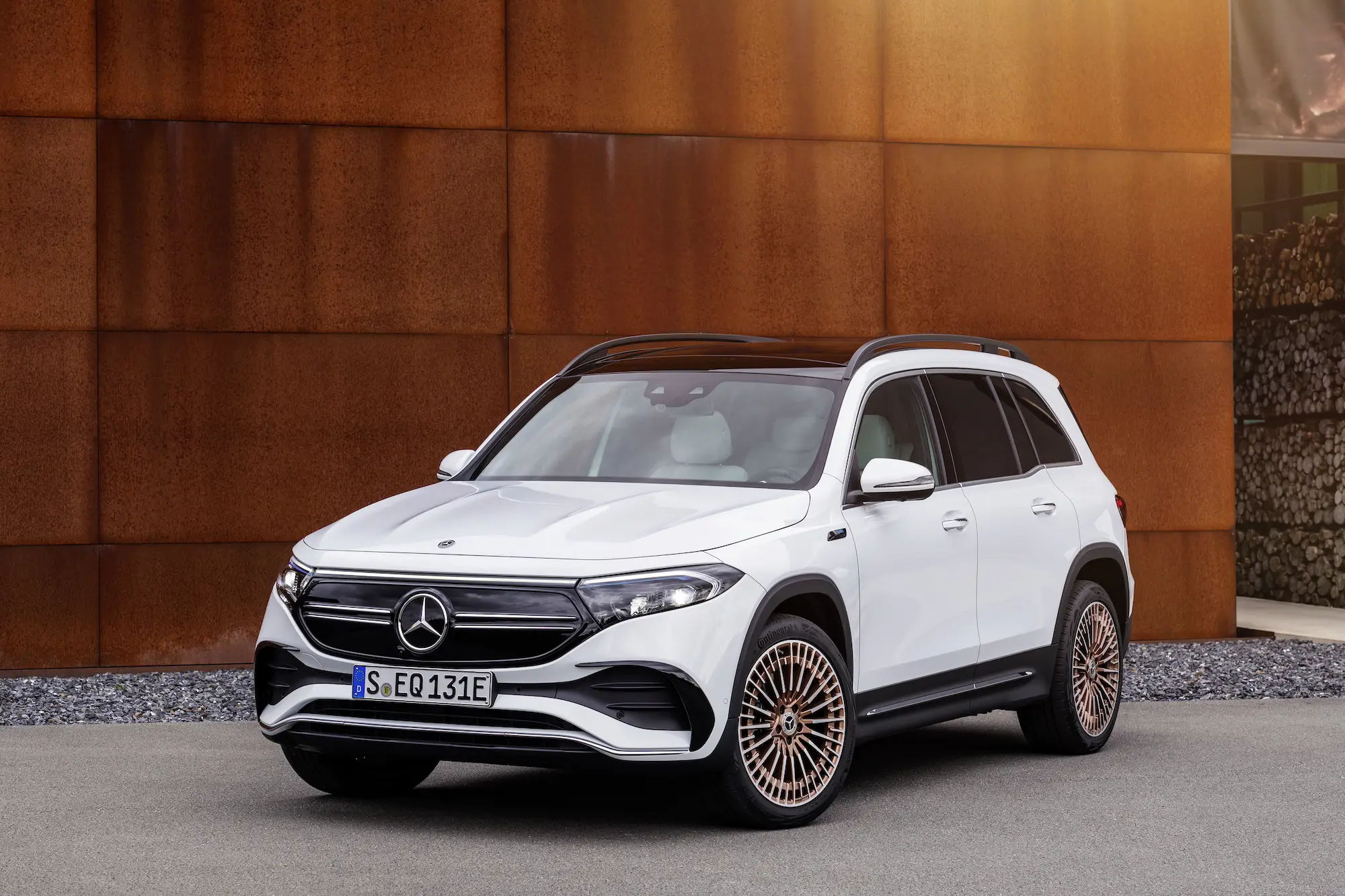The Volvo XC40 Recharge and Mercedes-Benz EQB are two compelling options in the electric vehicle market, each offering distinct advantages for tech-savvy consumers. Whether you're an EV enthusiast or a prospective buyer, this comparison will delve into the features, performance, and customization options of both models to help you make an informed decision.
Pricing and Trim Levels: Volvo XC40 Recharge vs Mercedes-Benz EQB
Pricing and trim levels are crucial when choosing an EV, as they often dictate the vehicle's features and performance capabilities.
-
💰 Base Model Pricing: The Volvo XC40 Recharge starts at around $54,645, offering standard all-wheel drive and a 408-hp powertrain. The Mercedes-Benz EQB starts at approximately $54,500, featuring a front-wheel-drive system with 225 hp in its base variant.
-
🚀 Performance Trims: The XC40 Recharge is known for its robust performance with a single, high-performance trim, while the EQB offers multiple trims, including the EQB 350 4MATIC, which provides added power and all-wheel drive.
Design and Exterior Features: Volvo XC40 Recharge vs Mercedes-Benz EQB
Design and exterior features significantly impact an EV's appeal and functionality, drawing attention and enhancing performance.
-
🎨 Aerodynamic Design: The XC40 Recharge prioritizes a sleek, minimalistic design to enhance aerodynamics, while the EQB embraces a more traditional SUV design with a focus on passenger space.
-
💡 Lighting and Aesthetics: Volvo's signature Thor’s Hammer LED headlights add a modern touch, whereas the EQB features a full-width LED light bar at the rear, enhancing its visual appeal.
-
🚪 Unique Features: The XC40 Recharge boasts a frameless grille, emphasizing its electric nature, while the EQB includes a practical roof rail system, adding to its functionality.
-
📏 Exterior Dimensions: The XC40 Recharge's compact dimensions make it nimble for urban driving, whereas the EQB is slightly longer, offering more interior space for passengers.
Interior and Cabin Space: Volvo XC40 Recharge vs Mercedes-Benz EQB
Interior comfort and space are key considerations for EV buyers who seek a balance between luxury and functionality.
-
🪑 Seating and Comfort: The XC40 Recharge offers comfortable seating for five with premium materials, while the EQB provides an optional third row, increasing seating capacity to seven.
-
📱 Technology Integration: Volvo's infotainment system is Google-based, providing seamless integration, whereas the EQB includes the MBUX system known for its intuitive interface and voice control.
-
🧳 Storage and Utility: The XC40 Recharge includes a front trunk (frunk) for additional storage, while the EQB's larger cargo area accommodates more luggage, ideal for family trips.
Performance and Acceleration: Volvo XC40 Recharge vs Mercedes-Benz EQB
Performance and acceleration are vital for EV buyers who value speed and driving dynamics.
-
⚡ Acceleration and Speed: The XC40 Recharge accelerates from 0-60 mph in about 4.7 seconds, showcasing its sporty credentials, compared to the EQB's more modest 7.0 seconds.
-
🛞 Handling and Drive Modes: The XC40 Recharge offers a dynamic driving experience with a low center of gravity, while the EQB provides multiple drive modes for varied driving conditions.
Range and Battery Options: Volvo XC40 Recharge vs Mercedes-Benz EQB
Range and battery options are essential for EV ownership, influencing travel freedom and charging frequency.
-
🔋 Battery Options: The XC40 Recharge comes with a 78 kWh battery, while the EQB offers a slightly smaller 66.5 kWh battery.
-
🌍 Real-World Range: The XC40 Recharge boasts a range of about 223 miles, compared to the EQB's 260 miles under optimal conditions.
Technology and Safety Features: Volvo XC40 Recharge vs Mercedes-Benz EQB
Technology and safety features are pivotal in enhancing the driving experience and ensuring peace of mind.
-
🤖 Driver Assistance Features: The XC40 Recharge includes Volvo's Pilot Assist, akin to Tesla's Autopilot, while the EQB offers similar features with its Driving Assistance Package.
-
🚘 Full Self-Driving (FSD): Volvo doesn't offer full self-driving, similar to Tesla's FSD, while the EQB is also limited to partial automation.
-
🛡️ Active Safety Features: Both models include advanced safety systems like collision avoidance and emergency braking.
-
⭐ Crash Test Ratings: The XC40 Recharge has received high marks from the Euro NCAP, while the EQB is highly rated by NHTSA for its safety.
Charging Options and Infrastructure: Volvo XC40 Recharge vs Mercedes-Benz EQB
Charging options and infrastructure are critical for EV ownership, affecting convenience and accessibility.
-
⚡ Home Charging: Both models support home charging with Level 2 chargers, ensuring overnight replenishment.
-
🌍 Public Charging Networks: While neither vehicle can access Tesla's Supercharger network, both offer compatibility with burgeoning public networks like Electrify America and ChargePoint.
Charging Speed: Volvo XC40 Recharge vs Mercedes-Benz EQB
Charging speed directly impacts how quickly an EV can be ready for use after depletion.
-
⚡ Home Charging Speed: Using a Level 2 charger, the XC40 Recharge takes around 8 hours to fully charge, closely matched by the EQB.
-
🌍 Fast Charging Speed: The XC40 Recharge supports up to 150 kW DC fast charging, achieving 80% charge in about 40 minutes, whereas the EQB supports 100 kW, taking roughly 30 minutes for the same.
-
🛠️ Third-Party Chargers: Both vehicles are compatible with third-party fast chargers, though the XC40 Recharge's faster charging speed may offer more convenience.
Customization Options: Volvo XC40 Recharge vs Mercedes-Benz EQB
Customization options enable buyers to tailor their EVs to personal tastes and preferences.
-
🎨 Exterior Colors: The XC40 Recharge offers vibrant options like Fjord Blue and Sage Green, while the EQB features classic colors like Iridium Silver and Patagonia Red.
-
🛞 Wheel Designs: The XC40 Recharge offers multiple aerodynamic wheel designs, enhancing both aesthetics and performance, while the EQB focuses on traditional alloys for a refined look.
-
🪑 Interior Trims: Volvo's interior trims include eco-friendly materials, while the EQB provides luxurious leather options, allowing buyers to choose based on sustainability or luxury preferences.
Conclusion: Volvo XC40 Recharge vs Mercedes-Benz EQB
Both the Volvo XC40 Recharge and Mercedes-Benz EQB offer distinct advantages in the EV market.
-
✅ Strengths of Each Model: The XC40 Recharge stands out for its sporty acceleration and innovative design, while the EQB excels with its spacious interior and longer range.
-
❌ Considerations: Potential buyers should consider the XC40's limited range and the EQB's slower acceleration when making their choice.




